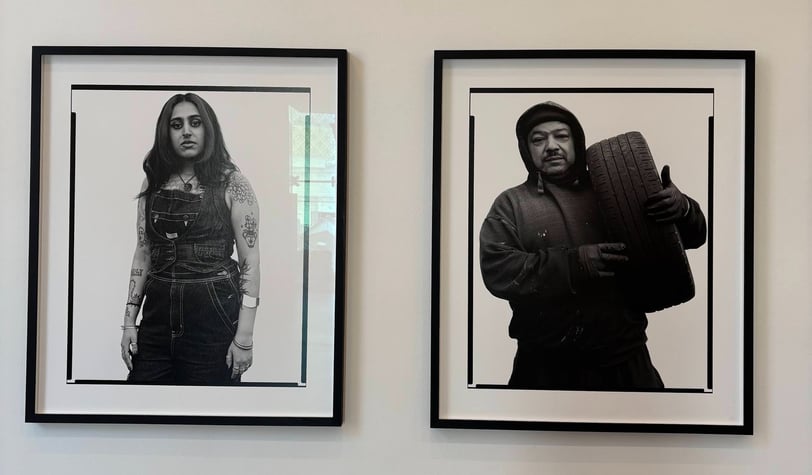What Did You Want To See?
What did you want to see? - British-Pakistani photographer Mahtab Hussain provokes his viewers to confront their views, stereotypes and beliefs in his exhibition at the Ikon Gallery, on display until 1st June 2025. https://www.ikon-gallery.org/exhibition/mahtab-hussain-what-did-you-want-to-see. Taking the notorious Project Champion as his starting point, Hussain’s photography, film and art installations explore state surveillance and media representations of British Asian Muslims in contemporary society
EXHIBITION REVIEWS
4/5/20253 min read
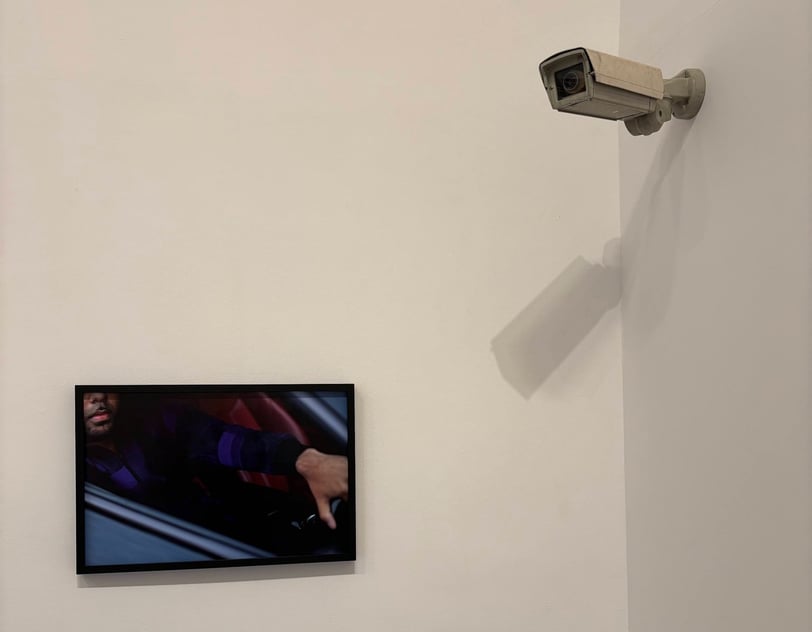

In 2010, West Midlands Police installed over 200 CCTV and ANPR cameras around areas of Birmingham (Washwood Heath and Sparkbrook) that predominantly housed the city’s Muslim communities. They told residents that this was a petty crime prevention initiative. The fact that the project’s funding was sourced from the government’s counter-terrorism budget was deliberately obscured. In a worrying violation of data and regulatory legislation, the state engaged in an act of racialised surveillance, flexing its arm of disciplinary power and systemic control.
Hussain’s photography critiques and challenges, who has the power to observe and define. The first gallery is reminiscent of a detective’s office with a 16 x 10 grid of mosque photographs occupying an entire wall, a map marked with the position of surveillance cameras, and photographs of groups and individuals caught in action. Even the seemingly neutral, documentary nature of A Moment Of Unity: Eid Prayer at Small Heath Park, Birmingham (2017), has a sinister undertone. The lens is positioned above the crowd, surveying the scene, reminiscent of a CCTV camera. The tense environment of the photograph Neighbourhood Watched (2025), depicting a British Pakistani family worriedly looking off into the distance, is replicated in the curation of the space.
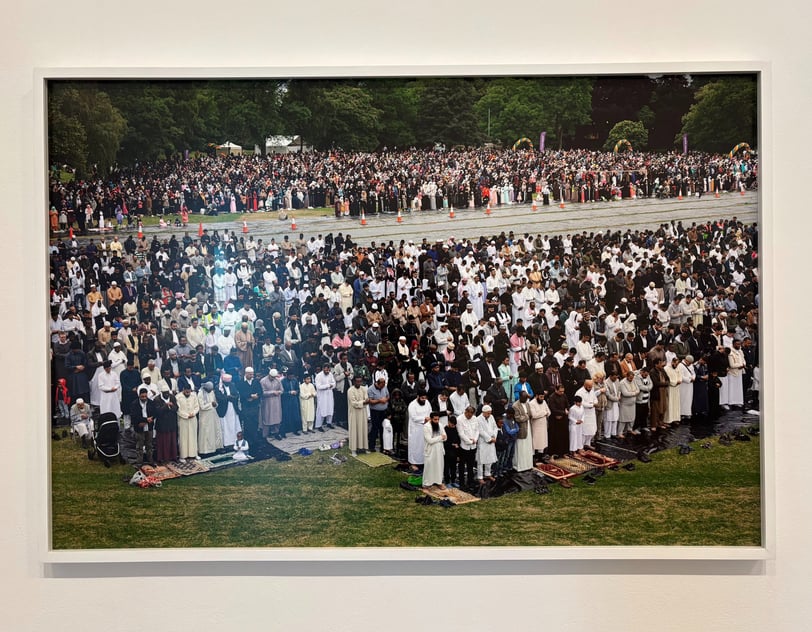

Project Champion was a product of, and perpetuated, islamophobia and racism. The media has been a complicit actor in constructing and replicating harmful stereotypes that have isolated, alienated, and criminalised a broad, diverse community as the Other. In Here is the Brick (2025), Hussain and filmmaker Guy Gunaratne montage a dizzying array of clips from home videos, news bulletins, journalist reports, Bollywood films, and animation to explore this tension. British-Pakistani actor and broadcaster, Zia Mohyeddin narrates the plight of Asians in 1970s Britain as the visuals oscillate from heartwarming clips of Hussain’s school nativity scenes, to the torture of the Abu Ghraib detainees, to the cheery Mo Salah chants of Liverpool fans - If he scores another few, then I’ll be Muslim too.
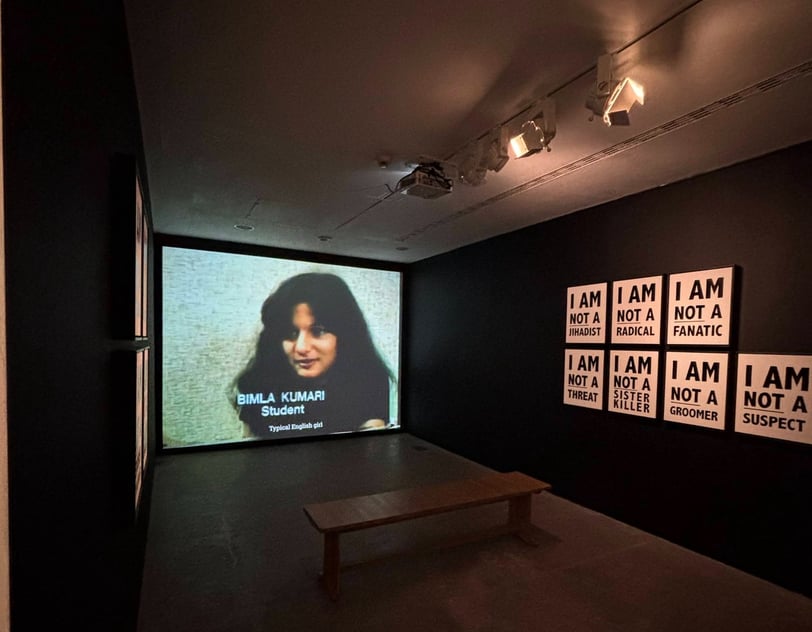

The exhibition documents, but it also challenges and resists dominant narratives. By curating the corridor gallery into a domestic prayer room, Hussain brings visitors into an intimate and spiritual space. We are invited inside.
By encouraging all visitors to take off their shoes and follow along with his prayer video on the mat, Hussain moves beyond creating a spectacle. Instead he fosters active participation and a space of community-building. This space has been used during special events, like Eid-al-Fitr, but also day-to-day. Enthusiastic children from various faiths are especially excited by the novelty and participatory nature of the space.
The video is titled Allahhu Akbar. Western news and sensationalist media outlets almost exclusively use this phrase in a political or jihadist context. Husain counters this dominant narrative, providing non-Muslim visitors the opportunity to understand the phrase in its original, devotional context. As Hussain’s rakat echoes throughout the space, it imbues the atmosphere with a meditative and serene quality.
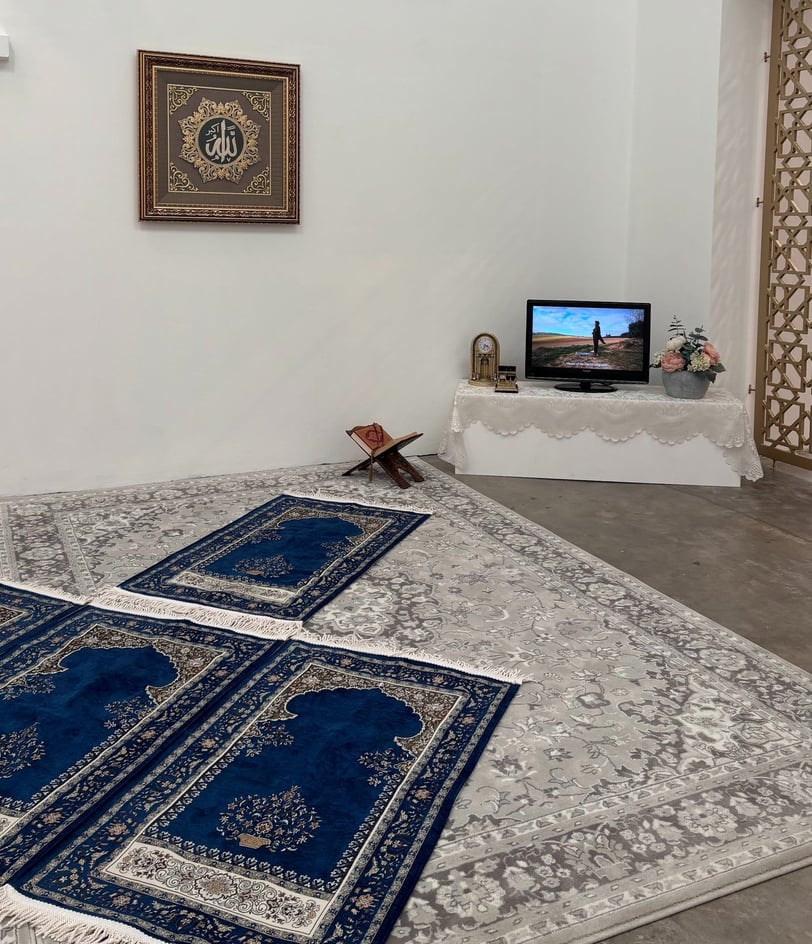

In the last gallery, viewers meet the gaze of Birmingham’s Muslims in a black and white portraiture series. Despite the consistent medium and style of the photographs, the sitter’s self-expression shines first and foremost through their individual expression, pose and posture. A young tattooed woman in overalls glares confidently at the viewer. Next to her, a hooded worker is photographed carrying a tyre on his shoulder. Hussain intended each portrait to be a collaborative process, where the subject controlled how they were depicted.
By fostering this dialogue, Hussain interrogated the relationship between the photographer and the photographed, mindful of how this could recreate the dynamic he intended to scrutinise. Instead, as each individual proudly asserts their personhood, they resist the demonising glare of the state and media.
In the space, the gaze has also reversed; the observer has become the observed. As the diversity of each individual is celebrated, Hussain challenges both non-Muslims and Muslims to confront what they want to see.


